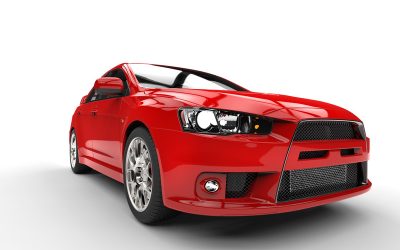There is perhaps no other warning light on a car’s dashboard that can strike more fear into the hearts of drivers everywhere than the “Check Engine” light. When this light illuminates, it is typically followed by an ominous feeling of dread, as well as a sneaking suspicion that your wallet is about to become much lighter.
Surprisingly, some people essentially ignore this infamous warning signal, while others minimize its importance, believing that it’s nothing more than a ploy to extract more money out of vehicle owners’ pockets in the form of dealership service appointments. This is understandable, because for some vehicles, it seems like the least little thing can trigger this warning light. So is the check engine light a thing to be feared, or to be ignored? Should you even be worried? Well, before these age-old questions can be adequately answered, let’s take a look at exactly what the Check Engine warning light is all about.
What Exactly is the Check Engine Light?
The Check Engine light is a small warning lamp located on the instrument panel of your vehicle that lights up any time the car’s on-board diagnostic (OBD) system detects a problem with your engine. Keep in mind that many of the engine functions in modern cars are controlled by tiny computers that are connected in one way or another to the car’s OBD system, which monitors the status of these various “checkpoints” throughout the engine. If anything under the hood seems to be out of whack or unresponsive, the OBD will trigger the Check Engine light to let you know that a potential problem has occurred with your engine. The Check Engine light does not indicate any one specific problem; rather, it simply lets you know that a problem has been detected. Along with triggering the Check Engine light, your OBD system will generate some type of code to represent the type or category of problem that your engine might be experiencing. Most auto repair facilities have an OBD code reader (commonly known as a “scanner”) that they can plug into your car’s OBD system to essentially download and read the code. This will give them the information they need to begin pinpointing the problem.
What Type of Problem(s) Does the Check Engine Light Indicate?
This is one of the trickiest aspects of the whole process, because the Check Engine light can be triggered by a wide variety of issues. It may be something as simple as your gas cap not being tight enough, or it may indicate a major problem with your catalytic converter. The light can also be triggered if certain sensors in your engine wear out, such as your oxygen sensor or throttle position sensor. So what should you do if your Check Engine light comes on? Well, whatever you do, don’t ignore it. Your best bet would be to take it to an auto repair shop and have a certified technician inspect the issue and make recommendations. From there, you will know what type of repairs may need to be done, and you can prepare your mind–and wallet–to take action to remedy the situation.
Hogan & Sons Tire and Auto can efficiently check all components of your vehicle as part of a vehicle tune-up. Visit our website at URL. Hogan & Sons Tire and Auto has 8 locations throughout the Northern Virginia area to serve you including our Fairfax, Falls Church, Leesburg, Purcellville, Sterling, South Riding, Herndon, and Winchester locations.
Read more about auto maintenance here: URL
*Always check your owner’s manual for your vehicle model’s specific instructions before attempting any type of repair.


